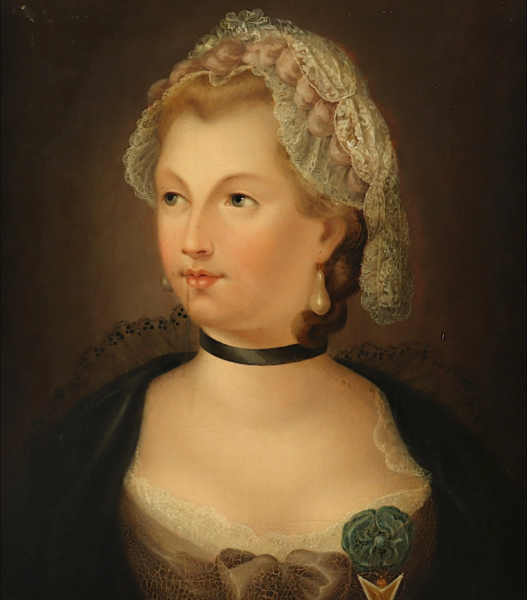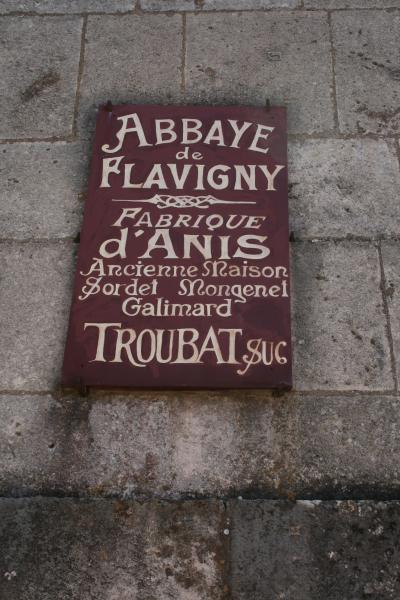- Read offline
- Access all content
- Use the in-app Map to find sites, and add custom locations (your hotel...)
- Build a list of your own favourites
- Search the contents with full-text search functionality
- ... and more!
Anis de Flavigny
an aniseed in every bonbon
Aniseed (anis) has been famous for aiding digestion since Roman times, and which is why little Anis de Flavigny candies each have an aniseed inside, even when they are flavoured with mint, violet, rose or orange blossom.
They are made in the Abbaye de Flavigny, not far from ancient Alesia (Alise-Sainte-Reine), where Julius Caesar defeated the Gauls and their great general Vercingetorix in 52 BC. Caesar gave some of the land nearby to one of his veterans, a certain Flavinius.
The abbey was founded in the 6th century, and planted its first green anise three centuries later, when Charlemagne ordered all monasteries to grow the plant in their gardens.

The sugar coated aniseeds made by the monks of Flavigny were first recorded in 1591. Louis XIV was fond of them. Louis XV’s famous transgender spy, Charles d'Éon de Beaumont, the Chevalier d’Éon, claims that by offering some Anis de Flavigny to King George III of England, he was able to get him to sign a treaty in 1763.

After the abbey was abandoned during the Revolution, locals continued to make the sweets. In 1923, Jean Troubat took over the company and began to sell the candies in cinemas and vending machines, and you can suck on them to this day; in 2016, the company was honoured as an ‘Entreprise du Patrimoine Vivant’ and offers guided tours.
Images by La Jeune Parque on Wikimedia Commons, Les Anis de Flavigny ®, Philippe Theurey

